When I came up with this idea, I thought it would probably be an easy answer. But once I started looking into it, it turned out that it’s not. And it involves Aristophanes. Sorry.
The details
The first thing to know is that the terms ‘full stop’ and ‘period’ didn’t always refer to exactly the same thing – or even to exactly the same kind of punctuation.
‘Period’ comes from the Greek word ‘periodos’ meaning ‘way around’ or ‘circuit’. Originally, it referred to a complete thought or sentence in writing – and, by extension, the mark that showed the end of that. While this might still look like a full stop to the untrained eye (i.e. everyone), you could actually put it in different positions to show different lengths of pause.
This (some might say overly complicated and possibly unnecessary) system was developed by Greek grammarian Aristophanes of Byzantium around the 3rd century BCE. He introduced three types of marks for different lengths of pause:
high period (˙): at the top of the line, this showed a long pause or a complete thought, similar to a full stop
middle period (·): slightly raised, this represented a medium-length pause
low period (.): at the bottom, this represented the (you’ve guessed it) shortest pause.
To be fair to Aristophanes, this probably wasn’t just because he had too much time on his hands or he was envisaging torturing children in English classes for centuries to come. The different dots indicated the amount of breath someone would need to complete each fragment of text when reading it out loud – it actually wasn’t anything to do with grammar.
What happened next
This system continued through the Middle Ages in various forms. But by the 16th century, English printers and grammarians started to simplify punctuation (thank god). And while the high and middle periods were consigned to the punctuation retirement home, the low period mark became the main end-of-sentence marker in printed English. This gave rise to the name ‘full stop’, which is a very literal (and therefore unBritish) way of describing exactly what the punctuation mark does i.e. signal the end of a sentence.
I couldn’t really find an answer to why the Americans hung on to ‘period’ while we adopted ‘full stop’ (which kind of renders this whole post moot, but let’s crash on anyway). Some people on the internet said that it’s because Americans can be more prescriptivist than us Brits, but I couldn’t possibly comment on that. American English developed when ‘period’ was still common in British English, so it might just be that they didn’t change it because they didn’t want to.
Whatever the reason, by the 18th century, ‘period’ had become the standard term in American English for that punctuation mark. While in Britain, ‘full stop’ hung around instead. (Oh, and just to confuse things even more, English printers decided to call it a ‘full point’. But that’s another post for another time.)


































